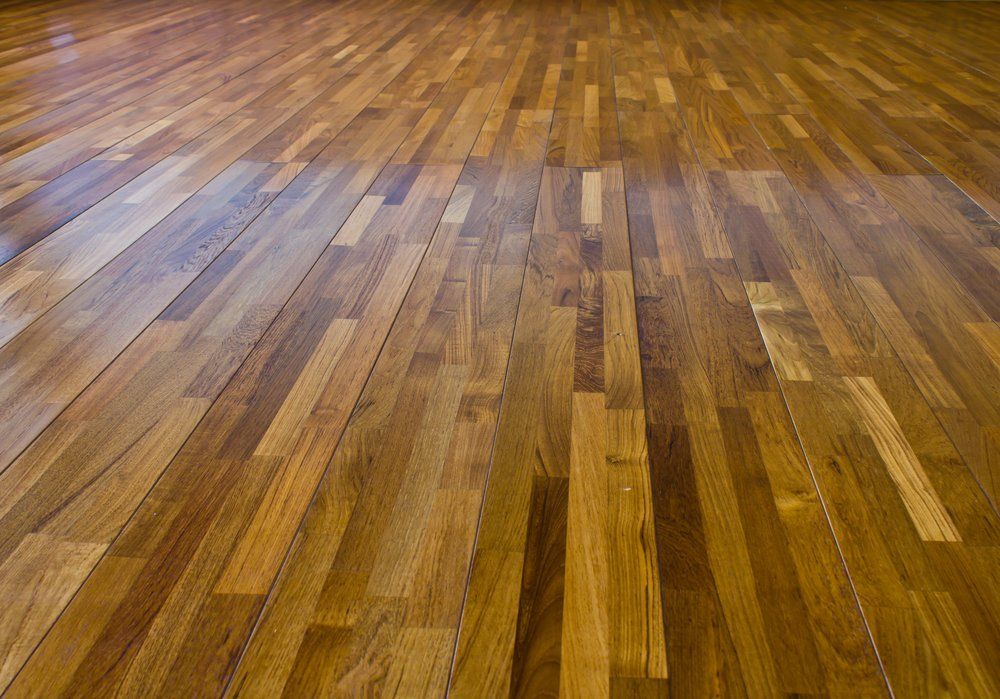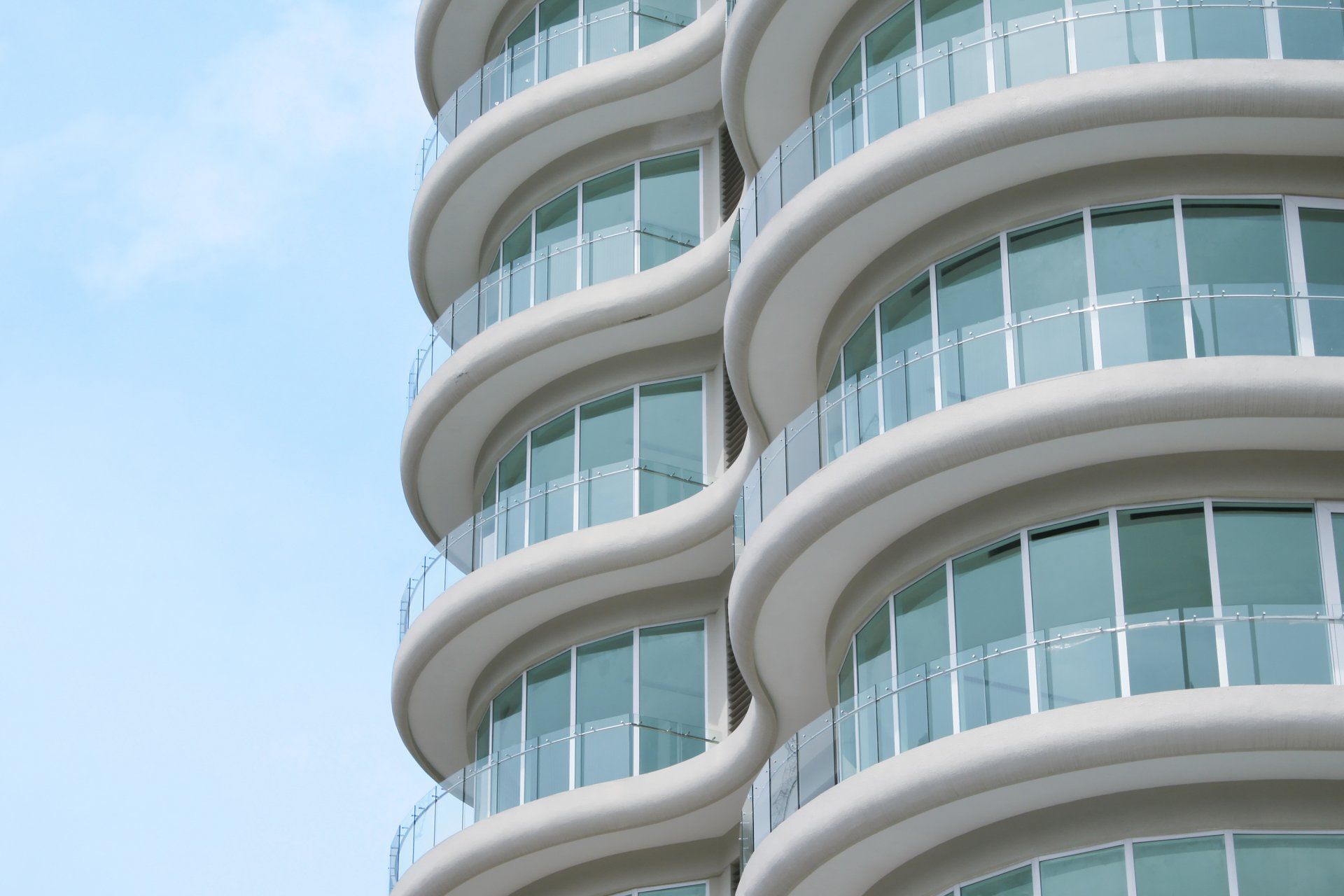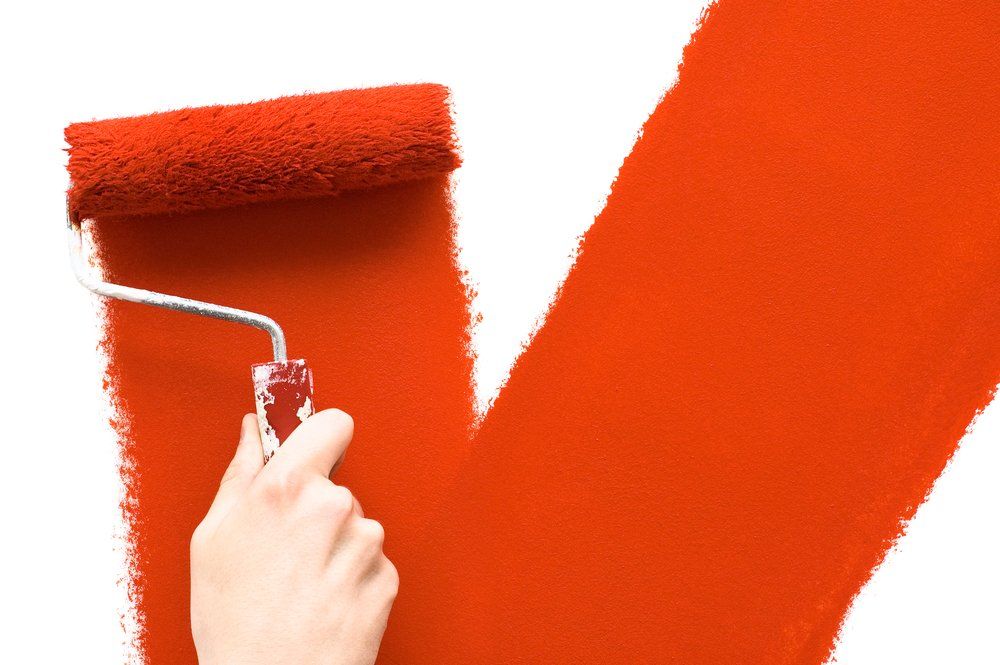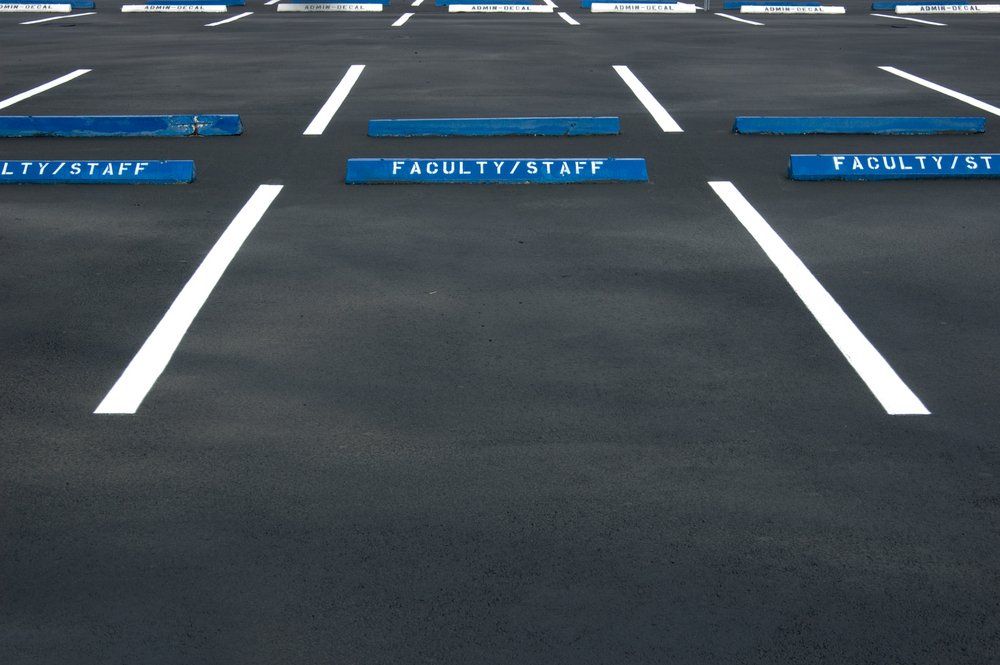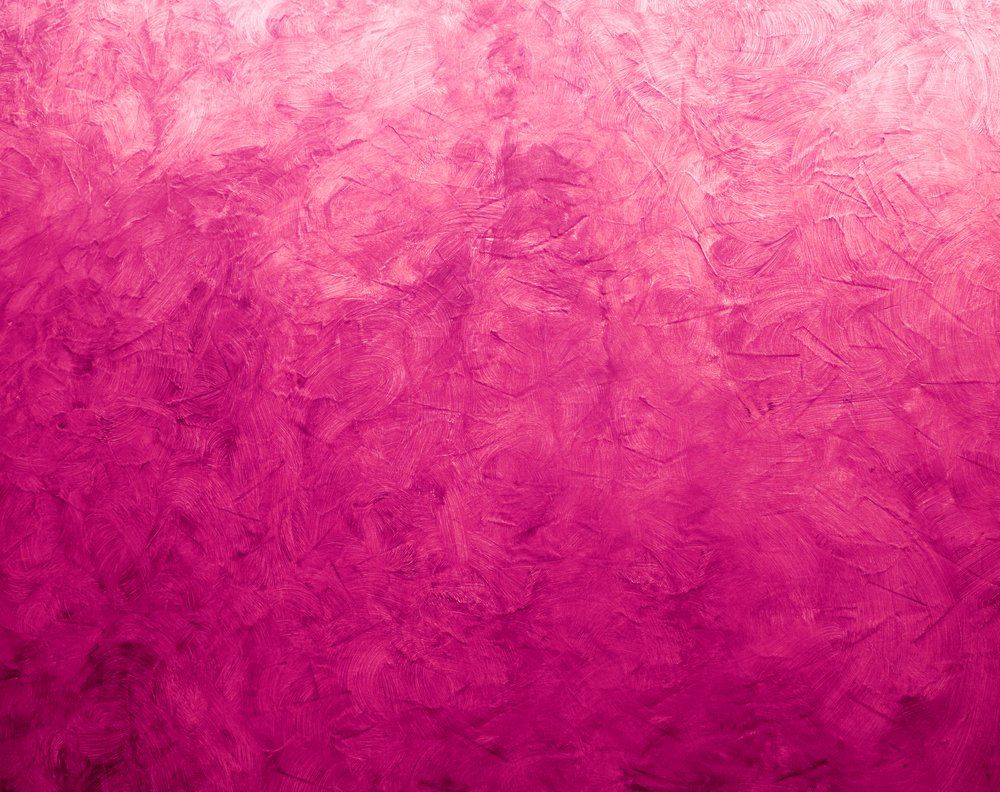How Do You Pick The Best Office Wall Paint Color?
The perfect wall paint color for your office is determined by what you want it to represent. Do not be afraid of experimenting with colors and textures, as this will only help set the tone in which people feel when they walk into their workspace or meeting room!
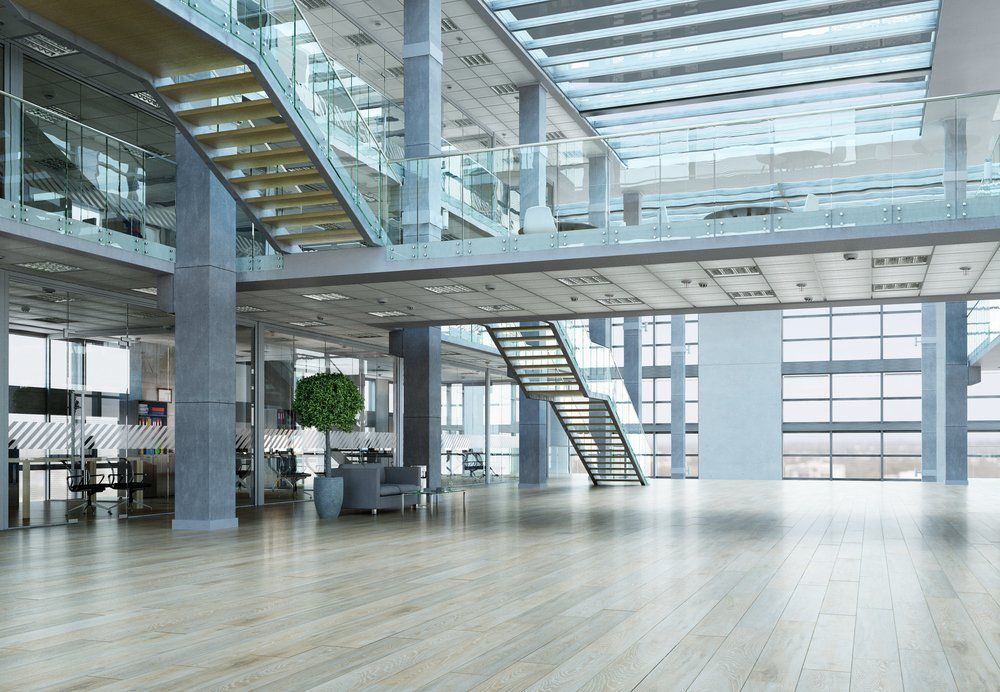
When it comes to interior design, the colors you choose for your walls can make a big impact on the overall look and feel of your space. If you're looking to give your office a fresh new look, choosing the right wall paint color is a great place to start. In this post, we'll explore some tips for choosing the best wall paint color for your office. So read on to find out more!
#1 The psychology of colors and how they can affect your mood
The psychology of colors is an intriguing subject that has been studied for centuries. There are many theories about why certain colors make people feel happy or sad, but no answer can truly capture what it feels like to experience these emotions firsthand- which makes all this intellectual debate really worth having!
In general, though, it's widely accepted that cool colors (such as blue and green) tend to have a calming effect, while warm colors (like red and orange) can be energizing. This is why you often see these color schemes used in different settings- for example, a hospital waiting room might be painted with cool colors to help ease patients' anxiety, while a gym might be painted with warm colors to help get people pumped up for their workout.
So what does this all mean for choosing the best wall paint color for your office? If you want your space to feel calm and relaxing, cool colors are a good choice. If you're looking to create an energetic and productive work environment, go with warm colors instead.
But of course, there's no one-size-fits-all answer when it comes to color psychology. You may find that a certain color makes you feel happy and energetic one day, but sad or stressed out the next. So always take into account how you want people to feel when they walk into your office and choose colors accordingly.
What are the effects of color on our moods? Ask any artist and they'll tell you that certain colors have a way to make them feel. Blue, for example- its tranquility can put one in a reflective mode while red Candlelight dinners or orange sunshine brings out the warmth in everyone around us (not just individuals). In general, though there's been plenty of research done into why certain hues might do more than others: Yellow makes people think about fast food; Green makes folks happy/bothered etc.; Purple seems counterproductive unless marketed as a fashion accessory, and Black can either be seen as sophistication or evil, just to name a few.
When painting the exterior of your office building you'll want it to match what mood you're wanting your customers or employees to feel when they arrive. If it's a happy place you might choose yellow, but if it's more professional go for black. Blue exterior walls can make a building look calm, and green exterior walls give off the feeling of growth.
The psychology of colors is an interesting topic to explore when choosing a wall paint color for your office. Different colors can evoke different emotions and moods, so it's important to choose a color that will make you and your employees feel good when working in the space.
#2 How to choose the right color for your office
Luckily, there are a few things you can do before choosing your color. First off- consider the mood that surrounds it and what type of environment will be in place for employees (i.e., quiet study vs bustling hub) and customers (i.e., serene oasis vs exciting nightlife).
Secondly, take into account the time of day most people will be in the office- is it a space that's used primarily in the morning? At night? All-day long? The lighting in the room will change how colors are seen, so it's important to test out a few sample colors before making your final decision.
Last but not least, don't forget about the power of accessories! Adding in colorful throw pillows, paintings, or even simple desk lamps can help liven up a space and make it feel more like your own.
The best way to choose the right color for your office is by asking yourself these questions: What do I want my co-workers and customers' reactions to be when they walk in? What type of mood do I want to evoke? And finally, what are some easy and affordable ways to change my look? How does this relate back to branding, business strategy & marketing initiatives? Once you have an idea on all three levels - home/office design; employee engagement ( morale ); customer satisfaction- it will make more sense which colors would work well together based on their personalities/traits.
So there you have it- a few tips for how to choose the best wall paint color for your office! Of course, every space is different and these are just general guidelines, so always be sure to consult with a professional painter before making any final decisions. At the end of the day, is it important?
#3 Tips for painting a room
The color of your office's walls is a big deal. The right shade can make all the difference in how productive you are at work, so it needs careful consideration before painting begins! However, there are some things to keep in mind when picking out what kind of tone will best suit both personal lifestyle and business needs--such as budget constraints or any existing décor already present within an area where new paint might otherwise go on top.
Wall paintings are an excellent way to add character and life into a space. But if you're looking for something that's going to be more functional, like accent walls, office paint is perfect! Here we'll explore the best paints on earth - each one specially designed with certain qualities- so your office has everything needed from color harmony down below.
To begin, it's important to understand the different types of paint available. The three most common are water-based, oil-based, and latex. Water-based paints are the easiest to work with and clean up, but they don't always have the longest lifespan. Oil-based paints take longer to dry but they're more durable, making them ideal for high-traffic areas. Latex paints are a good compromise between the two--they're easy to work with and have a decent lifespan.
When painting a room, it's important to plan out your design before beginning. Consider the mood you want to create in the space and choose colors that will help achieve that effect. You'll also need to take into account the time of day the room will be used, as well as the type of lighting in the space.
It's also important to think about how you want the room to feel. Do you want it to be bright and cheerful? Or calming and serene? Once you have an idea about the mood you want to create, you can start planning out your color scheme.
If you're not sure which colors to choose, you can always experiment with sample swatches before making a final decision. You can also add in accessories like paintings, throw pillows, or desk lamps to help brighten up the space and give it your own personal touch.
Once you've chosen your colors, be sure to take into account the type of paint and primer you'll need. There are a variety of paints available on the market, so be sure to choose one that is right for your project.
If you're not sure which paint or primer to choose, be sure to consult with a professional. They'll be able to help you select the best products for your project and give you advice on how to achieve the perfect finish.
You should establish a schedule for maintenance and repairs in order to avoid investing time on unnecessary tasks; always wear appropriate gear, including facial protection (dust masks if needed), long sleeve clothes, and closed-toe shoes - no bare feet! You'll also need work gloves which will help with grip strength as well as tractions during application; anything you use needs cleaning up afterward so has plenty available nearby at all times because paint fumes can be toxic over long periods of exposure.
Make sure ventilation systems aren't blocked by furniture or other materials before starting any project-use fans instead if necessary until proper airflow has been established; always read the labels and manufacturer instructions before beginning any paint project!
- Using an improper type of primer for the surface you're painting, will lead to chipping or peeling down the line.
- Not allowing each coat of paint to dry completely before applying the next one, results in a streaky or uneven finish.
- Not taking the time to properly prep the surface before painting, can lead to bubbling or peeling paint down the road.
By following these simple tips, you can avoid common mistakes and ensure a beautiful finish on your office walls.
#5 Painting tools and supplies you'll need
To get started, you'll need the right equipment to paint properly. The list of necessary items includes a few basic painting tools and supplies like painter's tape or canvas drop cloths in addition to specific materials for different types of projects - from thinning coats on edges using sandpaper until final tops are sealed with polyurethane coatings!
When painting a room, there are a few basic supplies you'll need. These include a paintbrush, roller, painter's tape, and a bucket or container for mixing paint. You'll also need a drop cloth or tarp to protect the floor from paint splatters.
If you're painting exterior surfaces, you'll need a ladder to reach high areas. You may also need a pressure washer to clean the surface before painting. Be sure to consult with a professional if you're not sure which type of equipment to use.
#6 Step-by-step instructions for painting a wall
We all know that painting a room can be quite a challenge, but with these simple steps, you'll have it looking new in no time!
1. Start by cleaning the surface you're painting. Be sure to remove all dust and debris, and then prime the surface if necessary.
2. Tape off any areas that you don't want to paint, using painter's tape.
3. Apply a coat of paint to the surface, using a roller or a brush. Be sure to allow each coat of paint to dry completely before applying the next one.
4. When the paint is fully dry, remove the tape and enjoy your new wall!
If exterior surfaces are peeling or chipping, it will need more than just a fresh coat of paint. You might have to scrape off the old paint, sand the surface, and apply a new primer before painting. This can be a tedious and time-consuming process, but it's important to do it right if you want your paint job to last.
It's also important to choose the right type of paint for the project. There are different types of paint for different surfaces, and you'll need to make sure you're using the right type of paint for the job. For example, exterior paints need to be able to withstand harsh weather conditions, while interior paints should be designed for a specific type of finish.
Once you've chosen the right paint and prepared the surface, you're ready to start painting! Be sure to follow the manufacturer's instructions for the best results. And if you're not sure how to do something, don't hesitate to ask a professional for help. With a little time and effort, you can transform the look of your office with a fresh coat of paint!
Final Thoughts
Choosing the right wall paint color for your office can be a daunting task, but with these simple tips, you'll be able to select the perfect shade in no time! By following these guidelines and using the proper tools and supplies, you can ensure a beautiful finish on your office walls. Have fun with it and enjoy your new space!
Looking for exterior painting services? Look no further than the professionals at Lincoln Painting Professionals. We offer a wide range of painting services for both commercial and residential properties. Contact us today to learn more about our services or to get a free estimate!
Thanks for reading!
